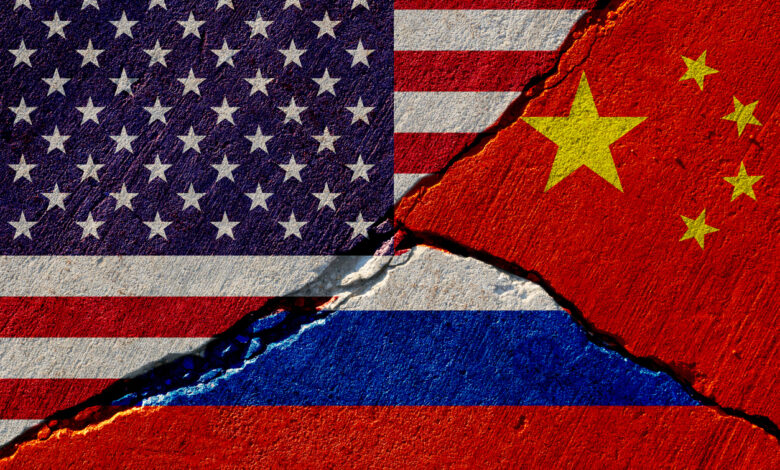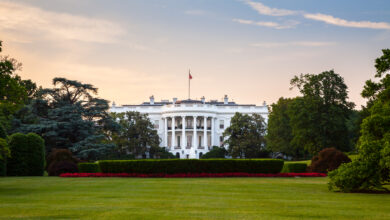Trying to Understand the New Geopolitical Landscape

The Russian invasion of Ukraine has revealed a geopolitical landscape quite different from that officials and many experts thought was in place. On the one hand, as many have noted, the Atlantic alliance has come together and is now more unified than in decades.
There are countries that have indicated that within that alliance that they are less reliable and more sympathetic to Russia, like Hungary. Next, Russia and China have revealed they are committed to a close working partnership.
China may be ill at ease with some of the conduct of this war but has committed to assisting Russia. Both Xi and Putin see the U.S. as a threat to their ambitions and their desire to counter U.S. influence is one of the primary motivations behind the partnership.
As sanctions against Russia mounted and there was widespread condemnation of its invasion, China was willing to buck the trend and offer support for Russia. Interestingly, China and Russia have sought expand the influence of their partnership.
The most notable example here is via their relationship with India. Russia and India have long historical ties. This has led to India buying Russian oil and taking a more neutral stance toward the conflict. China and India have long-standing differences but with a high level Chinese visit this week, have made an effort to moderate those and open new lines of communications. Today, the Russian prime minister even overstated the new reality by referring to a Russian-Chinese-Indian bloc.
It’s unlikely to be that big a change overnight given the Chinese-Indian border issues, long-standing historical distrust, etc. But the effort is significant and will have near-term real-world consequences. One of these, not the least of them, is that U.S. plans to use the Quad (US, India, Australia, Japan) as a foundation for its plans to counterbalance China in the Indi-Pacific region have a new question mark thrown over them.
In addition, we have seen several countries choose the path of neutrality or trying to have it both ways with regard to Russia and the West. These include the countries of the Gulf, Israel, South Africa, and a number of countries in the Western Hemisphere.
(See the above cited article for more on those.) Chinese diplomacy worldwide and its efforts to use its commercial clout to build ties are clearly bearing fruit and ushering in a new era of the PRC more actively seeking to use that influence to serve its international agenda.
This is not like the bipolar world of the Cold War era. Much is inchoate. Much is changing. Much is situationally based. Nothing is set in stone. But is it fair to ask whether we might see a 21st century facsimile of a new “non-aligned” movement emerging.
Many countries have a historical distrust of the U.S. (especially given the multiple personality disorder that has afflicted U.S. foreign policy in recent years). Many others have a desire to cultivate both the U.S. and China going forward.
To the extent China and Russia are seen as a partnership, it is clear there are also different approaches and very different clout. Other than nuclear weapons, Russia is clearly a second-tier power. They are the junior partner in that team.
Also, as one U.S. official observed to me, China sees some utility to Russia playing the “bad cop” and bogging down the West in conflicts (much as, he observed, the “forever wars” did) while it can focus on growth, investment and building its strength.
Nothing is set in stone. This is a very fluid moment. But it is fair to ask whether the past weeks have revealed a reality and one that will continue to evolve away from that of the past. Finally, it is also an era that underscores that we should be more careful in our language.
Allies are different from partners, partners are different from friends, friends are different from fair-weather friends, the non-aligned are different from rivals and rivals are different from enemies. These words are often thrown around carelessly or in a self-serving way. Some countries the US thought it could count on that from time-to-time that might once have been called allies or partners have turned out to be just friends or fair-weather friends. New relationships are emerging and shifting.
This brutal invasion clearly marks a geopolitical watershed with ramifications that may be unclear for a while. But we should pay attention to what it has revealed and try to assess what that means for the world going forward.




